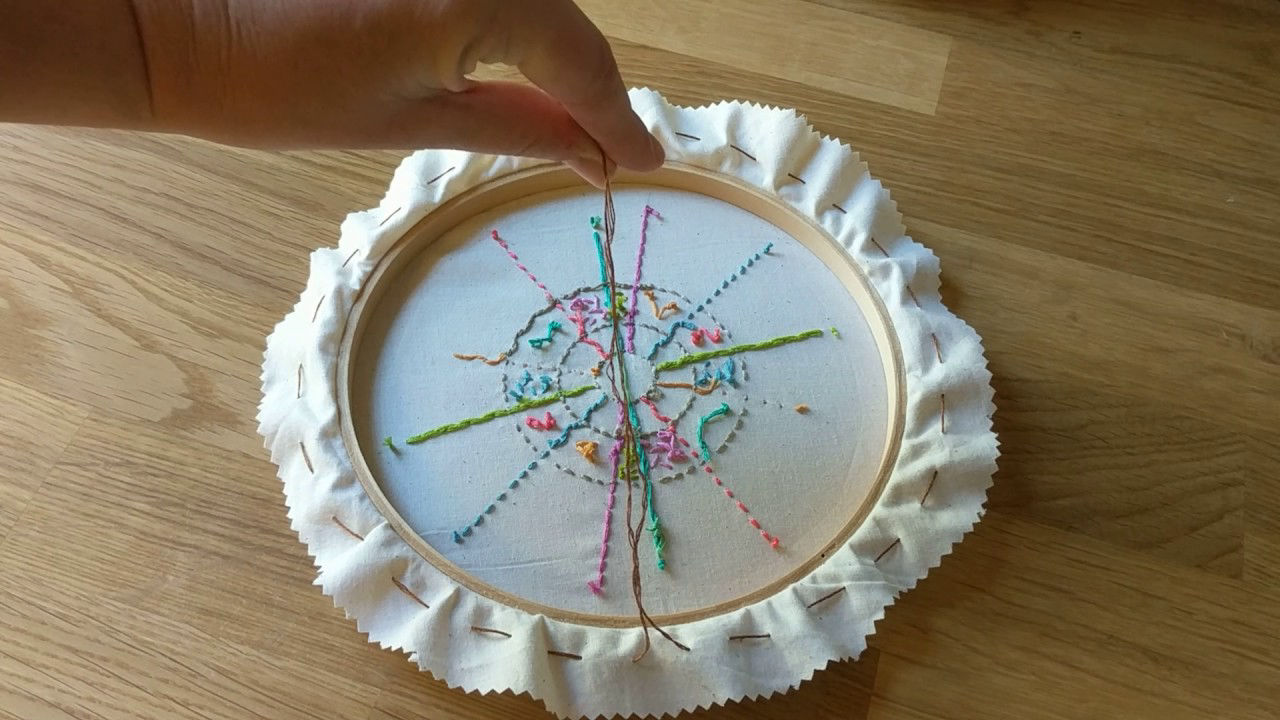When you have gathered all the necessary tools, now is the time to prepare your sewing machine.
The following steps will consume less time if you have an easy-to-use machine. If you want to know what they are, read this article on What is the easiest sewing machine for beginners in the market to find out.
First, change your universal presser foot on your machine to a darkened foot. If this is the first time, consult the manual for instructions on how to do this job. If you can't find the user manual anywhere, check the manufacturer's website for that information.
The next step is to adjust the tension. Embroidery is something you want other people to see, it is important to create soft stitches. Having the correct tension setting is a determining factor to ensure that the thread and fabric cooperate. For the normal project, the setting is probably 4 or 5. For embroidery, you want to reduce the upper one to 1 or 2.
When you're done with the tension, you now need to get the dog out of the way. Some machines allow you to lower it, others do not. If yours belongs to the last category, there is a tool that I really love called the supreme slider. You put it on the feeding dog and sew right on top. It has a slippery surface, so your project will slide easily.
The reason here is that the feeding dog is the mechanism that directs the fabric through the machine. When you embroider, you want to have total control without anything in between.
The stitch length should be set to the lowest (usually 0) so you have more precision.


SHARE THIS PAGE!